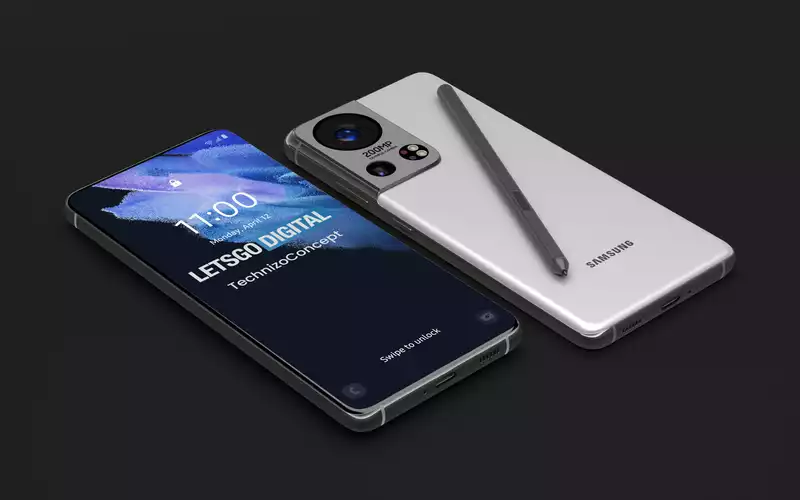Future phones such as the iPhone 14 and Samsung Galaxy S22 will see the holy trinity of computing upgrades: more power, better graphics, and higher efficiency. And it's all thanks to Arm and its newly revealed generation of chip designs.
The British company responsible for the designs behind the vast amounts of silicon in use today has unveiled its latest Armv9 architecture.
The stars of the show this year are the premium Cortex X-2 CPU and Mali G710 GPU. These boast performance gains of 30% and 20%, respectively, compared to current top-performing smartphones like the iPhone 12 and Oppo Find X3 Pro.
In addition to smartphones, Microsoft also offers a version of its Windows 10 operating system designed for the Arm. Unfortunately, Windows 10 on Arm is not yet widely available. However, due to the success of Apple's M1 chip and its dramatic performance improvement over Intel's x86 architecture in many cases, there are reports that Microsoft is also developing its own Arm-based chip.
Since most Windows apps are designed to run on x86, many developers have not yet optimized their apps for the Arm architecture. However, Arm notes that more and more apps, including the widely used video calling client Zoom, are trying to release Windows 10 with Arm-enabled versions of their software. Just recently, Microsoft partnered with Qualcomm on a new Arm-based development kit, allowing more apps to be developed on the Arm version of Windows 10.
Arm's new IP range is divided into three tiers, with the Cortex X-2 and Mali G710 at the top, focusing on overall performance. Below that are the Cortex A-710 and Mali G-510, aimed at mid-range devices seeking a balance of power and efficiency. And at the bottom are the Cortex A-510 and Mali G-310, which focus entirely on minimal power consumption, making them ideal as backup cores or for running low-power devices such as smartwatches and fitness bands.
More power, however, does not help protect devices from cyber attacks. Fortunately, Arm has many improvements for this purpose, including a new system called memory tagging extensions.
Developed with the help of Google, this feature is designed to prevent bugs that could lead to serious security breaches. The same is true for another new feature, Secure EL2. Secure EL2 isolates and locks secured apps from other apps installed on the device, protecting them from attack. However, it also adds the ability to isolate each of these protected apps one by one. This means that if a hacker gains access to one app, they will automatically be unable to access the other apps.
Aside from the performance and security of these chips, the third important pillar of Arm's new IP is the Armv9 architecture. It will be easier for developers to use and easier for code to write and maintain, allowing them to focus on optimization.
The first set of these new Arm-based devices will hit the market in early 2022. The end of this year will bring more information.










Comments